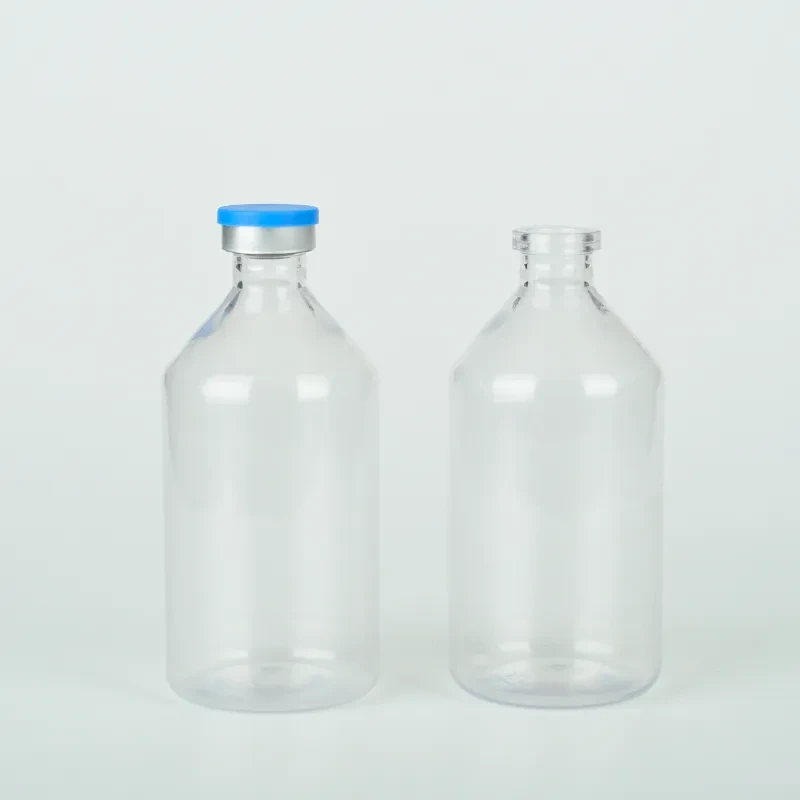Exploring the Diverse Applications of Reagent Bottles in Laboratory Settings
Two Uses of a Reagent Bottle
Reagent bottles, typically constructed from glass or robust plastics, are an essential component in laboratories around the world. These versatile containers serve several functions, but primarily, they are designed to store chemicals, solutions, and various reagents. In this article, we will explore two significant uses of reagent bottles that highlight their importance in scientific research and education the storage of chemicals and their role in experiments.
The primary function of a reagent bottle is to store chemicals safely and securely. Various substances in scientific labs have specific storage requirements to maintain their integrity, prevent contamination, and ensure safety. For example, corrosive substances, such as acids and bases, require sturdy glass bottles that can withstand their reactive nature. Reagent bottles often come with tight-fitting lids or stoppers that minimize exposure to air and moisture, which can lead to degradation or unwanted reactions in sensitive compounds.
Moreover, reagent bottles come in different sizes and capacities, enabling labs to choose the most suitable option for their needs. Smaller bottles are often utilized for storing concentrated reagents, while larger bottles may be used for bulk storage of solvents or less reactive chemicals. Effective labeling on these bottles is crucial, as it provides vital information regarding the contents, concentration, and any necessary safety precautions. This is essential not only for the safety of the personnel working in the lab but also for ensuring compliance with regulatory standards related to hazardous materials.
The organization of chemicals in reagent bottles reduces the risk of accidents or contamination among reagents, facilitating safer laboratory practices. By maintaining a well-ordered system of storage, researchers can easily access materials when needed while minimizing the potential for mishandling or mix-ups. Therefore, the storage function of reagent bottles is indispensable for maintaining the safety and efficiency of laboratory operations.
2. Role in Experiments
two uses of reagent bottle

Reagent bottles also play a crucial role in experiments, serving as reaction vessels for various chemical processes. In many cases, researchers need to mix different reagents to observe reactions, investigate properties, or perform analyses. Reagent bottles are designed to accommodate these tasks, allowing scientists to conduct experiments in a controlled environment.
When performing a reaction, scientists often use reagent bottles to combine chemicals and facilitate mixing. The narrow neck of the bottle can help to control the flow of liquids, making it easier to add reagents in precise amounts. Additionally, if a reaction is exothermic (producing heat) or produces gases, these bottles are constructed to withstand pressure changes, thereby ensuring the safety of the experiment.
During experiments, it’s common to seal the reagent bottle with a stopper to prevent the escape of gases, maintain a stable environment, and reduce the risk of contamination from external sources. Specific types of reagent bottles even allow for ventilation to safely monitor reactions that involve gaseous byproducts. This adaptability makes reagent bottles essential for various chemical investigations.
Moreover, the properties of glass reagent bottles also provide the advantage of transparency. Researchers can monitor the progress of a reaction visually, allowing them to make real-time decisions regarding their experiments. Whether it is observing color changes, precipitate formations, or gas evolution, the visibility of chemical changes provides critical observational data.
Conclusion
Reagent bottles are more than just simple containers; they are vital tools in the realm of scientific research and education. Their primary uses—the storage of chemicals and their role in experiments—highlight their significance in promoting safe practices and facilitating various chemical reactions within the laboratory environment. As laboratories continue to advance and evolve, the indispensable function of reagent bottles remains constant, ensuring that researchers are equipped with the necessary tools to explore, discover, and innovate in their respective fields.
-
Aesthetic Makeup Spray Bottles | Fine Mist Empty RefillableNewsAug.19,2025
-
White Plastic Veterinary Vaccine Vials | Lab Liquid BottlesNewsAug.18,2025
-
Plastic Medicine Liquid Bottle: Secure Flip Top Drug VialsNewsAug.17,2025
-
Durable 250ml Blue Plastic Vaccine Vial for Lab & Vet UseNewsAug.16,2025
-
Sterile Virus Sample Tubes: Secure & Reliable Specimen CollectionNewsAug.15,2025
-
White 250ml Plastic Vaccine Vial for Lab & Vet MedicineNewsAug.14,2025
























